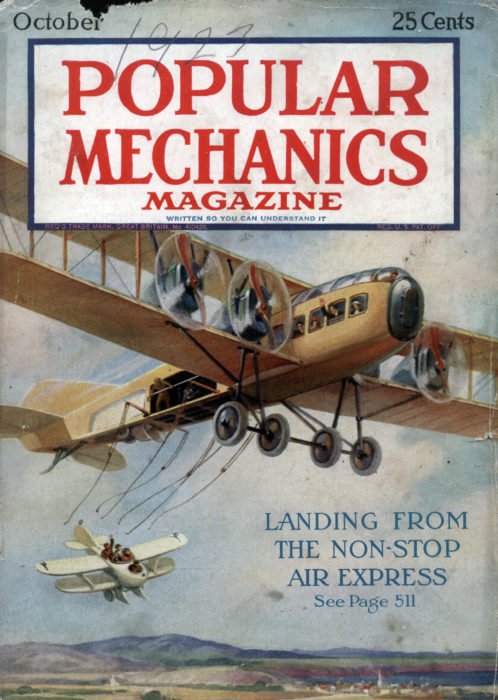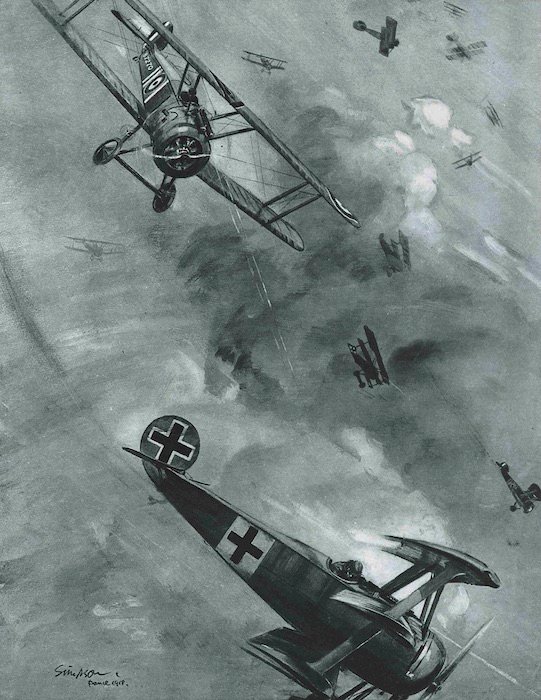Keine Insel mehr (No longer an island)
Last year I tried to run to ground the phrase ‘England is no longer an island’, usually said to be uttered by Lord Northcliffe in 1906 after hearing of an early Santos-Dumont flight.1 But the earliest source I could find which claimed that Northcliffe said it dated to 1922, it only became common in an […]







